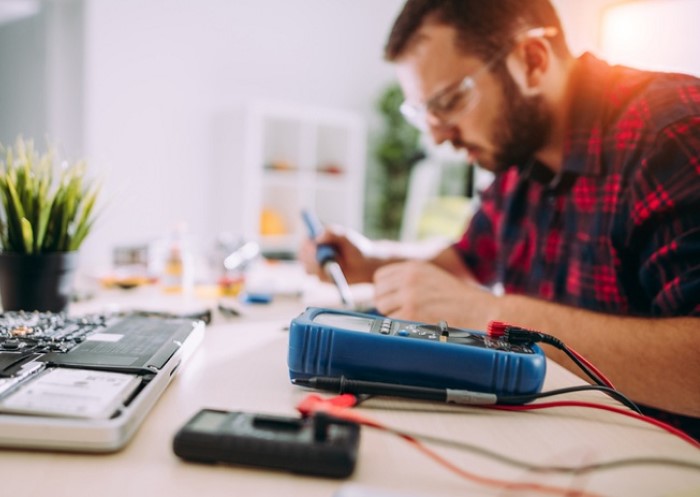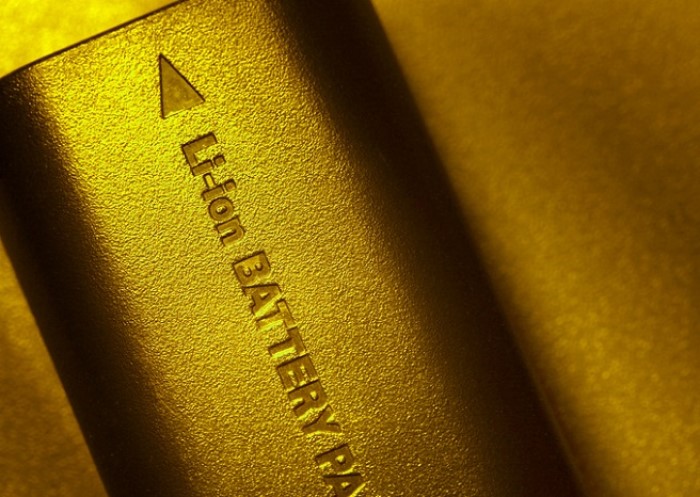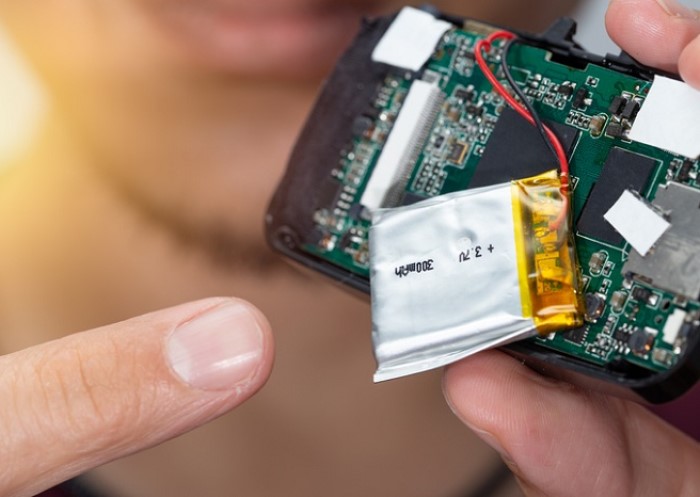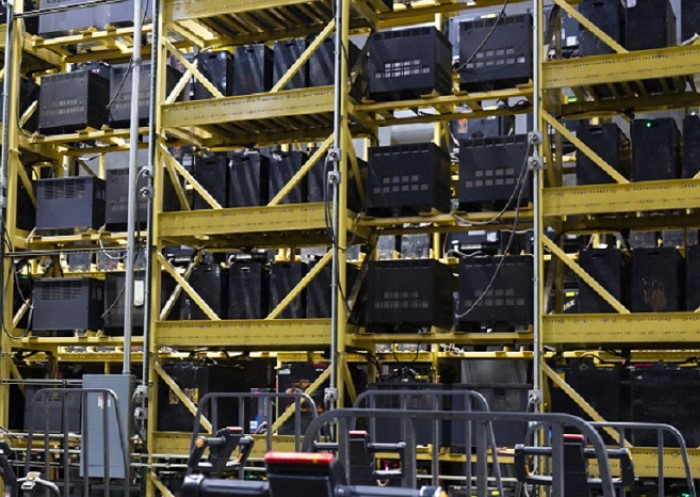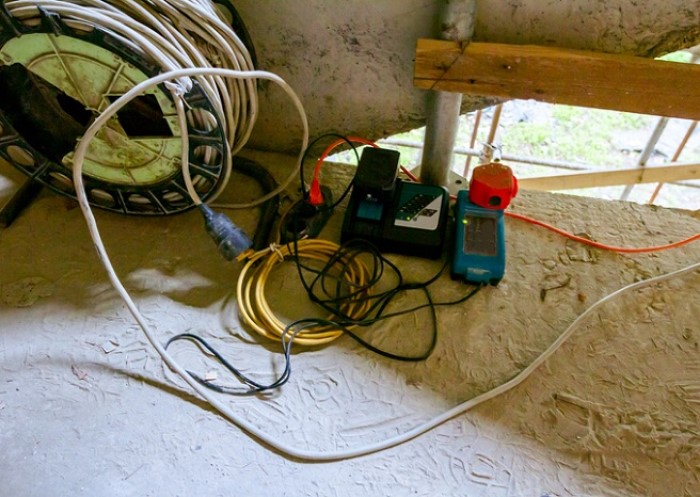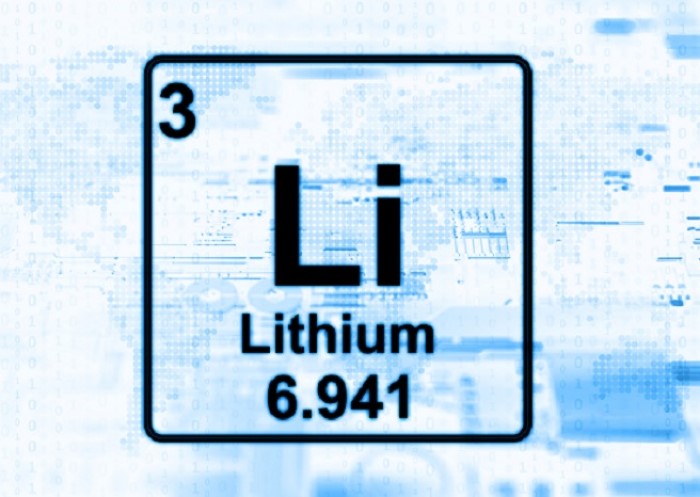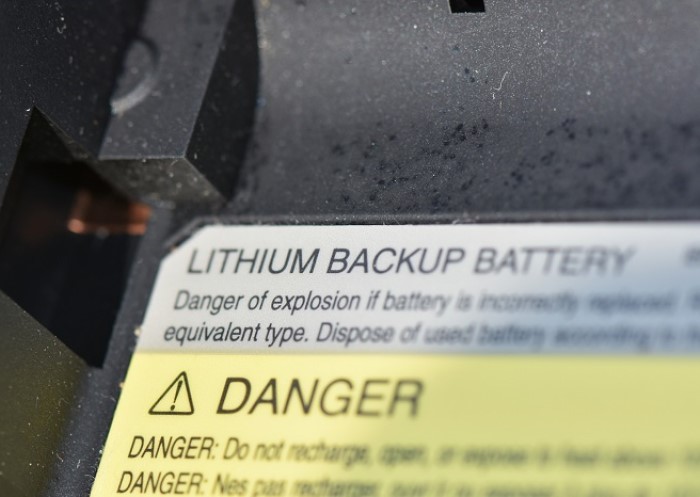Table of contents
Whether it is a tablet, smartphone or electric scooter, almost all modern and portable electrical devices are powered by lithium-ion batteries. The importance of these batteries does not stop at the home, though. Many electrical appliances used in industry are also equipped with lithium-ion batteries such as cordless strapping tools, electric tugs or pallet trucks.
Through continuous use, these batteries begin to wear out and lose capacity. This process accelerates as the number of charging cycles increases. Battery capacity testing can therefore give an important indication as to the battery’s condition and lifespan.
There are a few different methods for testing battery capacity which will be covered in detail in this guide.
Before you measure li-ion battery capacity
Li-ion batteries have many advantages. Due to their high energy density, they are powerful while remaining compact and lightweight. Lithium batteries perform far better than other types of batteries, such as nickel-based alternatives, because memory effect impacts them much less. This means that functioning capacity declines at a slower rate over a battery’s service life – allowing it to operate optimally for longer.
Battery capacity: The term refers to the amount of energy that a battery is designed to store. In practice, the value indicates how long a battery-operated device can work at a defined amperage. Energy-intensive battery-powered devices should therefore use a battery with a more significant capacity. Milliampere hours (mAh) is typically how battery capacity is measured.
Methods used for checking battery capacity
There are various devices and methods used to measure battery capacity. However, which one is most suitable depends on various factors including battery type, desired accuracy, budget constraints, and system complexity.
| Measuring method | Details |
|---|---|
| Battery computers | A battery computer can measure the capacity of a battery cell in great detail and with a high degree of accuracy. These devices are permanently installed and have continuous access to the battery. Devices measure lithium-ion battery capacity even in active power mode. As well as maximum capacity levels, computers also report on remaining runtime and current charge levels. |
| Battery Apps | Apps are available for smartphones and smart electrical appliances that can measure battery capacity and provide information about the condition of the device’s battery. However, depending on the app, the data accuracy, and scope of analysis may vary. In addition, the target battery must be designed for such a connection via Bluetooth. The applications are usually not designed to meet the higher requirements of industrial or commercial applications. |
Both battery computers and battery apps are suitable for estimating the battery capacity during operation. However, the main methods to accurately test battery capacity is through charge and discharge tests or with special impedance measurement devices. Measuring the battery capacity using these methods can be time-consuming and requires special equipment. In most cases, the measurements are carried out on professional test benches.
How to measure battery capacity safely
Lithium-ion batteries can pose a safety risk if not handled properly. In order to safely test battery capacity and obtain reliable results, technicians must observe several important measures:
- Depth of discharge: In measurement methods that work with charge and discharge, avoid a deep discharge of lithium-ion batteries.
- Temperature: Ideally, the measurement should be carried out at room temperature.
- Meter: A meter designed specifically to measure lithium-ion battery capacity should always be used, such as battery computers or lithium-ion battery charge/dischargers.
- Calibration: The measuring device should be calibrated regularly for exact measurement results.
What do the measurement results say about the condition of the battery?
When you measure the capacity of a lithium-ion battery, you can draw various conclusions regarding the condition of the battery based on the measurement results. In this case, it is useful to compare the nominal capacity (manufacturer’s specification) with the measured capacity.
If the measurement result is close to or equal to the nominal capacity, the battery is in good condition. If the measured value is far below the nominal capacity, this may indicate advanced ageing or improper use or storage.
If, on the other hand, the measurement results fluctuate significantly, we can assume that either the battery or the measuring device is defective. Both should be checked by an expert.
Why is it important to measure the battery capacity of lithium-ion batteries regularly?
Checking battery capacity regularly can offer many advantages for industrial companies, workshops, and other industries in which battery-powered electrical appliances are used:
| Advantages of battery capacity testing | Details |
|---|---|
| Predictive maintenance | Measuring the battery capacity provides information about the current condition of the lithium-ion batteries. Decreasing capacity can be a sign of ageing or possible defects. Regular measurements can detect and resolve issues early on before failures, inefficient use, or performance degradation occur. This enables predictive maintenance and prevents cost-intensive downtimes. |
| Safety | Ageing or even defective lithium-ion batteries can pose a safety risk. Measuring battery capacity regularly helps to identify such risks at an early stage and take appropriate measures to ensure safety in the workplace. |
| Service life optimisation | You can extend battery life by monitoring capacity and adjusting charge and discharge cycles. In the long term, this reduces the costs of replacing lithium-ion batteries. |
What factors influence the battery capacity of lithium-ion batteries?
Capacity is determined by the manufacturer and is based on ideal conditions. In practice, however, the capacity of lithium-ion batteries can be influenced by several factors.
- Charging the lithium-ion battery: Even though lithium-ion batteries are barely affected by the memory effect, this type of battery is not immune to chemical ageing. Frequent intermediate or short charging accelerates the ageing process and can also have an impact on battery capacity. In practice, it usually makes sense to charge the batteries as needed instead of adhering to continual charging cycles. It is important to avoid overcharging, as this can also damage the batteries.
- Deep discharge: Lithium-ion batteries can become irreversibly damaged and unusable due to deep discharges – for example, due to incorrect storage. Therefore, it is important not to completely discharge the batteries and to keep them at a medium state of charge (approximately 40 to 60%) when stored for long periods of time. Storage in battery charging cabinets makes sense for this.
- Lithium-ion battery storage environment: Batteries should be stored in a dry storage environment and at temperatures recommended by the manufacturer. During storage, batteries must be protected from direct sunlight and extreme temperature fluctuations.
- Consumption: How long a battery can store and provide energy always depends on the performance load of the connected electrical appliance. If it is used more frequently with energy-intensive applications, the battery must be recharged more frequently, which results in accelerated ageing. The batteries should always be selected in accordance with application specifications.
FAQ on battery capacity testing for lithium-ion batteries
The voltage measures the current battery charge level. Capacity, on the other hand, describes the total amount of energy that a battery can store. A high voltage does not necessarily mean a high capacitance, as the voltage decreases as the discharge progresses, while the capacitance remains constant.
The accuracy of battery capacity testing can be influenced by various factors, including:
• Temperature: Very high or low temperatures can impact measurement results.
• State of charge: Repeat tests at different levels of charge can lead to varied and less reliable results.
• Measurement method: Depending on the measurement method and device, accuracy may vary.
You can take simple measurements with a multimeter yourself. However, for battery capacity measurements in industrial areas or for special requirements, it can be a good idea to consult an expert or technician who knows exactly how to test li-ion battery capacity.
Image source:
© gettyimages.de – eclipse_images

